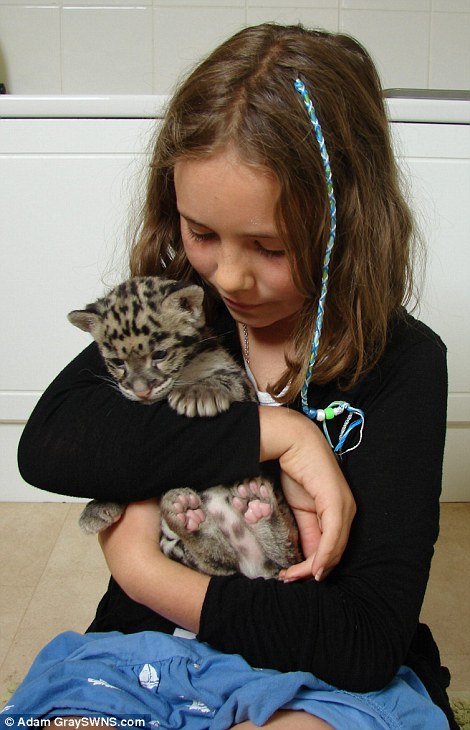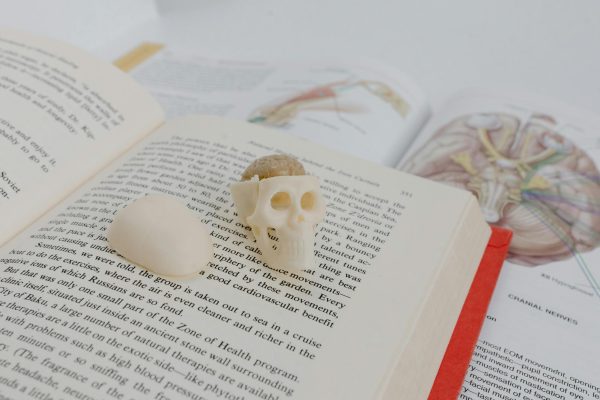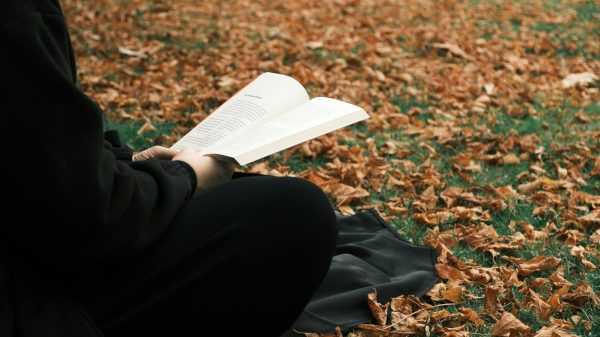Wild Animals As Pets?
It may be surprising to know that in the U.S., there are some states that barely regulate exotic animal trade and “domestication.” Many require a permit to own wild animals as pets, and some have restrictions on which kinds are allowed. Some states also ban wild pets that have been obtained after a certain date before laws were enforced that outlawed them.
These untamed animals can be extremely dangerous, even lethal. They are unpredictable and not meant to be domesticated. There have been hundreds, if not thousands, of deadly incidents that could have been prevented had there been laws in place that made wild animals more difficult to obtain. Handling wild animals should be left up to the professionals.
Less than two years ago, a 100 pound African Rock Python in New Brunswick escaped from its enclosure in a pet shop and made its way up to the apartment above the shop, strangling two little boys.
Three years ago, the Obama administration banned trade in four of nine large constricting snakes that the U.S. Geological Survey had recommended under the Lacey Act. All nine snake species are deemed invasive or potentially invasive, meaning that they can survive in the American ecosystem around them because they are suited to the climate, can easily eat due to size, and reproduce rapidly.
Bringing in alien species can be extremely devastating on an established ecosystem. In Florida’s Everglades, the boa constrictor and Burmese python have been confirmed to be breeding. These large snakes have been culling many natural species, and their population is only growing.
Unfortunately, the Obama administration could not further outlaw more snakes because of the angry uproar from reptile breeders and snake owners, who see the snakes as a source of income. Baby or juvenile individuals are often sold to unsuspecting pet owners, who sometimes set them free when they become too big or unruly.
Shouldn’t these problems be prevented instead of allowed to happen?
An Ohio man, Terry Thompson, was in possession of fifty-six large, dangerous exotics in a Zanesville “zoo”. Thompson had previously faced animal cruelty charges and his zoo was deemed unfit for animals. In October 2011, he set them loose in the town before killing himself. Forty eight of those animals had to be killed by officials in fear of public safety. It was not fair to kill those animals, who arrived in that situation through no fault of their own.
These animals do not need human interference; they have instincts and can survive perfectly fine, especially if they do not face captivity from early in their lives and know how to fend for themselves.
There is the argument of preserving an endangered species, and that can really depend on the type of facility and the motive behind obtaining the animals. Not to mention that if an animal attacks or kills a human, they are usually euthanized. If they are endangered, every individual counts, and killing them lowers their numbers. Not to mention that in the wild, animals have to attack others to subsist. Is it reasonable to euthanize animals following their instincts?
With this is mind, there is no clear, innocent motive for housing wild animals in this manner. They would be better off in the wild, and that person is supporting a generally illegal and harmful trade. If they can’t live in the wild, then a sanctuary or safe housing facility with caretakers who are knowledgeable in their care is the next best thing.
The type of people that think it is a good idea to purchase these animals and try to have them as pets do not have enough knowledge about them. This can be extremely harmful for the animal and it is not uncommon for them to end up seriously malnourished or dead.
On the other hand, instances where knowledgeable individuals have nurtured endangered members of a species or baby/orphaned/injured animals are not uncommon. In some places, zoo keepers will take young individuals to their houses to provide round the clock care. Zookeeper Jamie Craig successfully reared a clouded leopard cub abandoned by its mother for six weeks in his household bathroom until she was fit to return to the zoo where she was born. Craig understood that it was a wild animal, but it needed more help than the zoo could provide.











